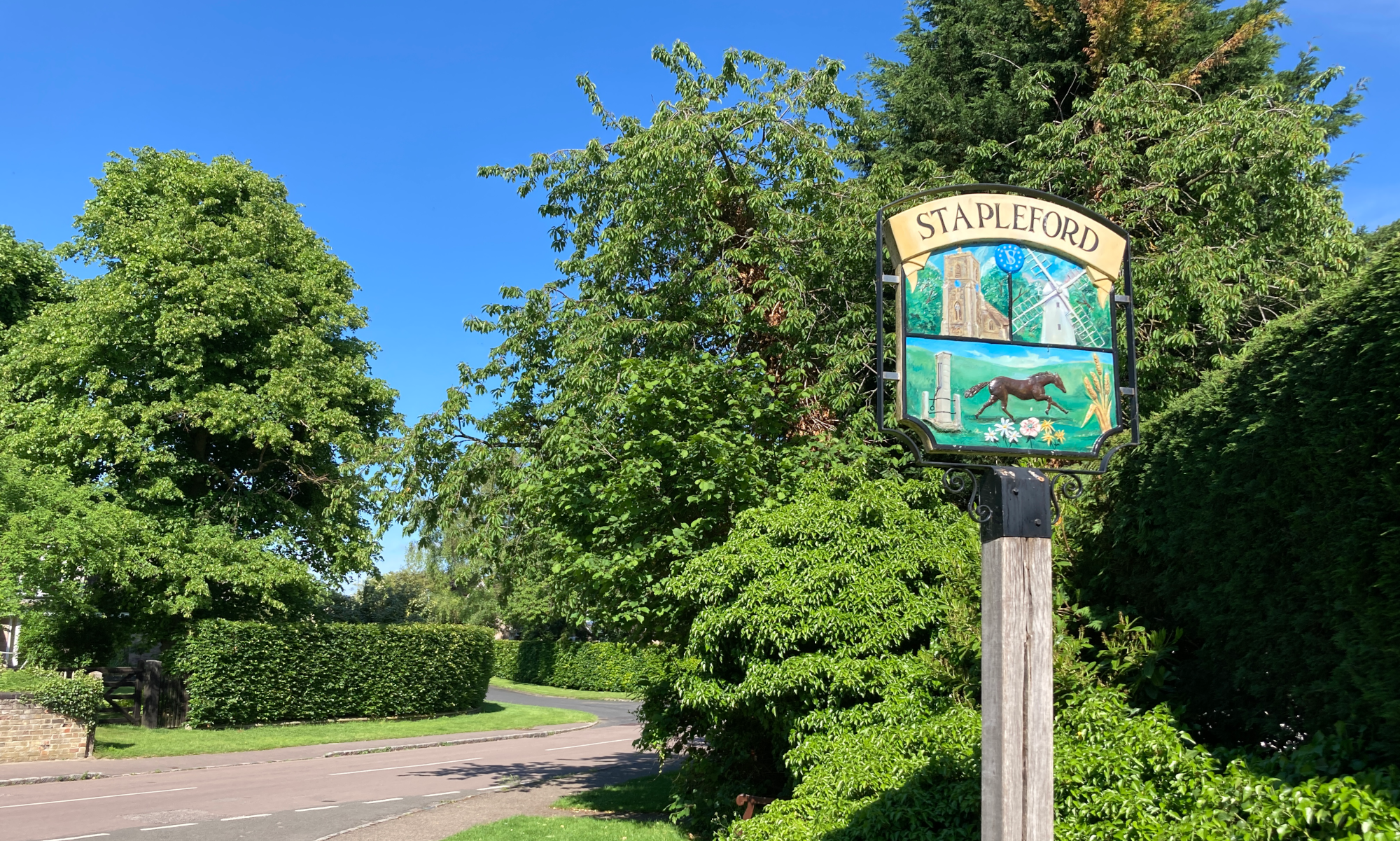Stapleford History Society 11th October 2022
A talk by Alan Osborne
The Cambridge Scientific Instrument Company was fondly referred to by its hundreds of employees in the second half of the twentieth century as “The Scientific”. Before that it was called “Horace’s Shop”. Its founder was Horace Darwin, the ninth son of Charles Darwin, whose interest in science had led his father to convert what had been the family’s schoolroom into a customised workshop. After studying at Trinity College, Cambridge, and becoming friends with the relatively wealthy Albert Dew-Smith, Horace joined forces with Albert and established a proper, independent workshop on a firm financial footing.
The first instruments to be developed were a temperature recorder and a microtome, a device for creating extremely thin slides which were to be examined under a microscope. In 1885, one such microtome was known as Darwin’s Rocker and cost the princely sum of £5.50. Working with the understanding that, as Horace maintained, “Good design would go a long way to save bad workmanship but good workmanship could not save bad design”, Horace’s Shop became pre-eminent in the field of scientific instrumentation, finding elegant solutions to solve industrial problems.
A number of scientists worked with Horace throughout the years, some more famous than others. Robert Fulcher, although not conventionally educated, was a trained mechanic; William Pye was employed in 1881 for a salary of £150.00 plus a rent-free house; Robert Stewart Whipple joined in 1898 becoming Managing Director from 1905 until 1938 when he became Company Chairman until 1950. In 1919 the logo/trademark was adopted, reflecting the mechanical and electrical expertise of the company.
Some of their wonderful inventions included the electrocardiogram/graph, the electrometer, anti-submarine equipment, defibrillators, kidney dialysis machines, X-ray machines, the electron microscope, and a variety of instruments used by the BBC
Horace’s life was not totally dominated by work. In 1880 he married Emma Wedgewood whose pet name was Ida. He and his wife were very interested in religion and morality and succeeded in having eight of the many brothels in the city closed down. Years later, their daughter would be instrumental in the foundation of the Ida Darwin Hospital.
Horace was also interested in local politics, becoming Mayor of Cambridge in 1896. He was knighted in 1918 after having supplied anti-submarine equipment and aircraft instrumentation during the war effort. In 1914 his workforce numbered 177 including only 5 women but by 1918 there were 488 men and 200 women.
Please consult the book entitled “Horace Darwin’s Shop” by M J G Cattermole and A F Wolfe for much more technical information about the CSI’s inventions.
[report by Jane Steadman]

